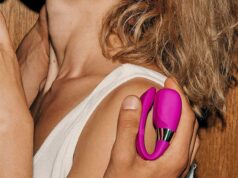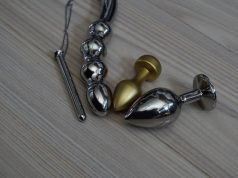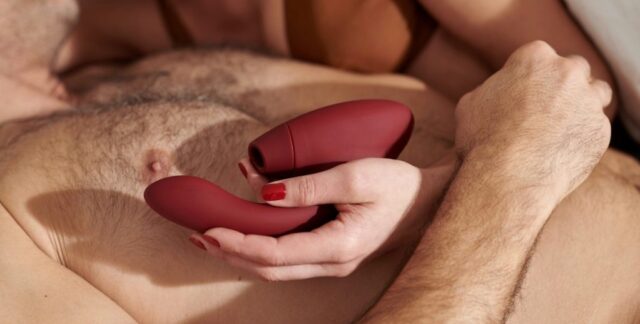
A healthy intimate life should never feel like a guessing game. Most people want more connection, more satisfaction, and more confidence. But the real question many hesitate to ask is this—how often is too often when it comes to using adult toys? The answer has less to do with frequency and more to do with intention.
Key Points:
- Frequency depends on emotional and physical health.
- There is no fixed “normal”—only what works for you.
- Communication helps build stronger intimate patterns.
- Solo and partnered use serve different needs.
- Variety and mindfulness reduce the risk of overreliance.
Intimacy Needs Are Never One-Size-Fits-All
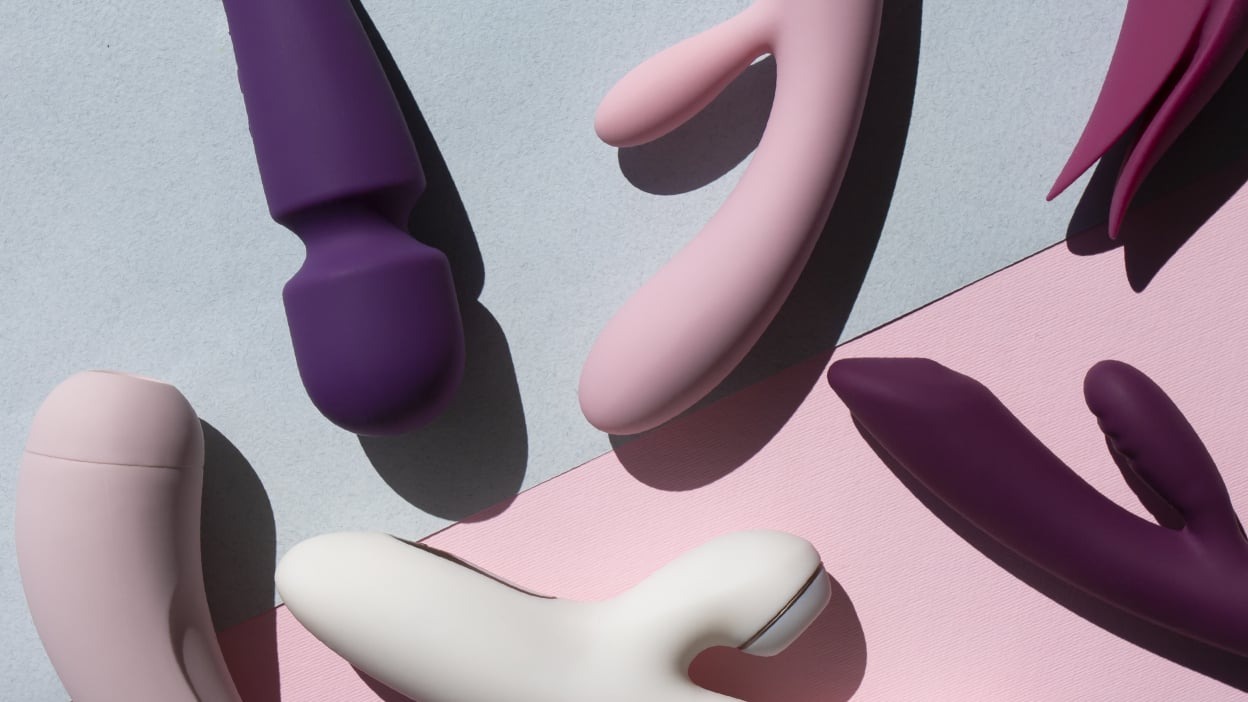
Personal rhythms dictate frequency. One person may feel aligned with daily solo moments. Another may prefer to space those moments out over weeks. No need to compare. Patterns don’t define satisfaction. The emotional result does.
Pleasure habits must adapt to changes in lifestyle, age, hormones, or stress levels. No single pattern holds value for everyone. What mattered a year ago may not apply today. What matters today may evolve by next season.
If a person feels confident, well-rested, and emotionally balanced after solo use or shared exploration, the rhythm works. But when it leads to guilt, boredom, or withdrawal, a reset might help. No one benefits from forcing intimacy into a schedule. Each body responds differently. Each mind processes desire in unique ways.
The Role of Self-Awareness and Intention
Desire that flows from genuine curiosity feeds emotional wellness. Habitual touch without presence creates disconnection. It’s not about how often someone uses a tool. It’s about what fuels the act. Self-checks reveal the truth.
Use these questions as a guide:
- Do I feel anticipation before?
- Do I feel grounded after?
- Is this moment chosen or automatic?
Patterns without thought lead to dull routines. Intention turns every moment into a decision. A user who tunes into their needs doesn’t need limits. They trust themselves to act from self-respect, not impulse.
There’s nothing wrong with regular use. But repeated use without emotional clarity drains long-term desire. It reduces the thrill. The key lies in making each moment conscious, not compulsive.
Solo Use vs. Partnered Use: Different Energies, Same Value
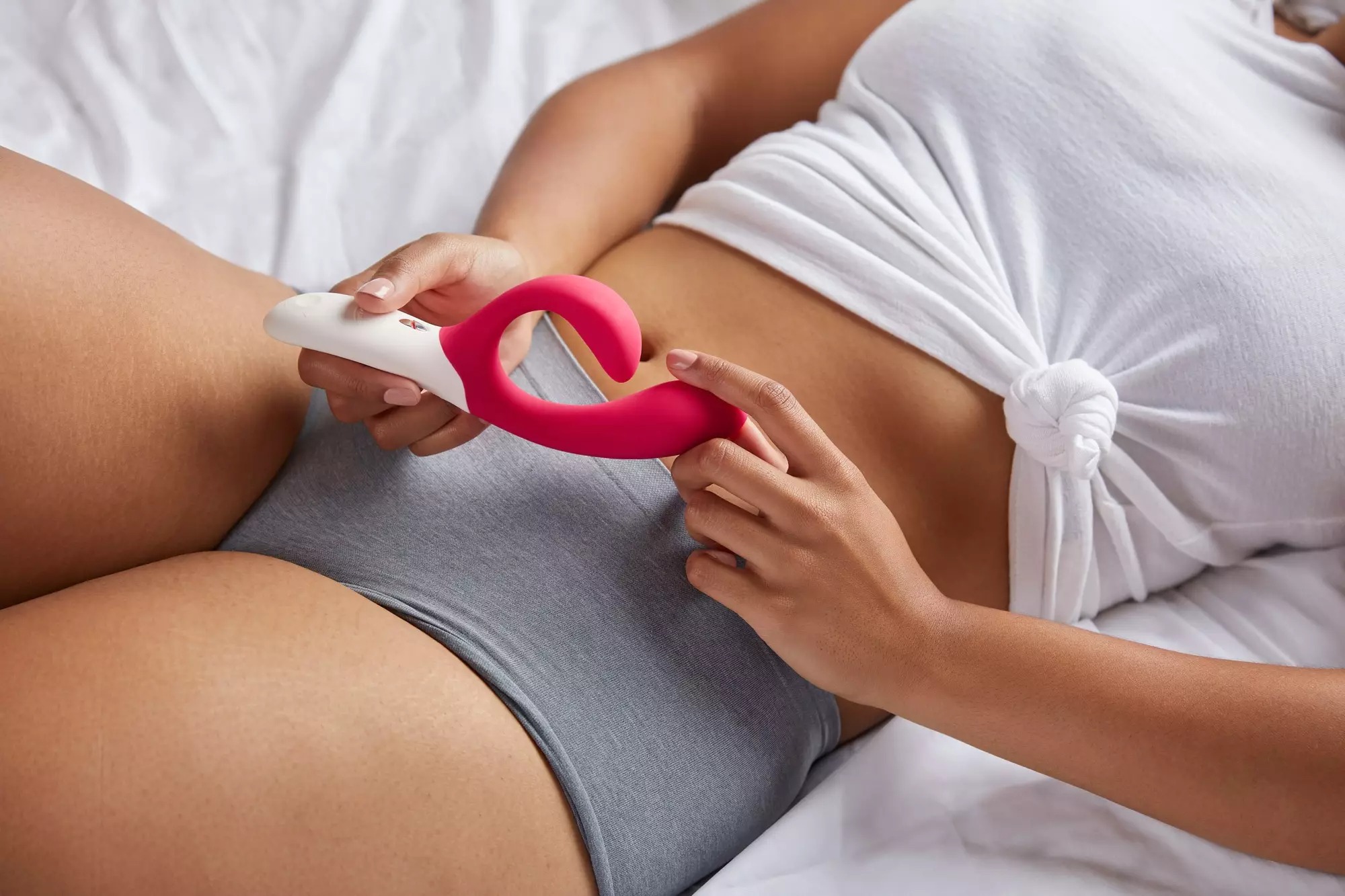
Solo time supports self-knowledge. Partner exploration fosters mutual connection. Both hold space in a fulfilling intimacy practice. Neither should replace the other. Each serves a different purpose, and both support emotional health.
Solo use allows full control. It helps identify preferences. It builds confidence. That confidence flows into relationships. Personal moments are not a betrayal of partner intimacy—they enhance it.
Partner use, on the other hand, requires trust. It invites vulnerability. It deepens the emotional bond through mutual discovery.
Try the following approaches:
- Rotate between solo and shared time.
- Share preferences openly without shame.
- Try tools designed for both, like rabbit vibrators, which offer options for solo sessions or mutual pleasure.
When both parties receive equal attention, connection thrives.
Is Daily Use Too Much?
The body gives clues. Soreness, numbness, or restlessness suggest overstimulation. Ease, satisfaction, and presence suggest healthy use. Daily use works for some. For others, it exhausts emotional capacity.
Ask:
- Does it feel like a need or a choice?
- Does it interfere with social or romantic life?
- Does it leave the body energized or fatigued?
People with high desire levels may benefit from daily rituals. But even high-desire individuals require space for recovery. Nerves need time to reset. The mind needs time to recharge.
Use without presence burns out long-term capacity. Use with intention builds sustainable joy. Daily use isn’t the problem. It’s the intention behind it that counts.
When Habits Start to Replace Intimacy
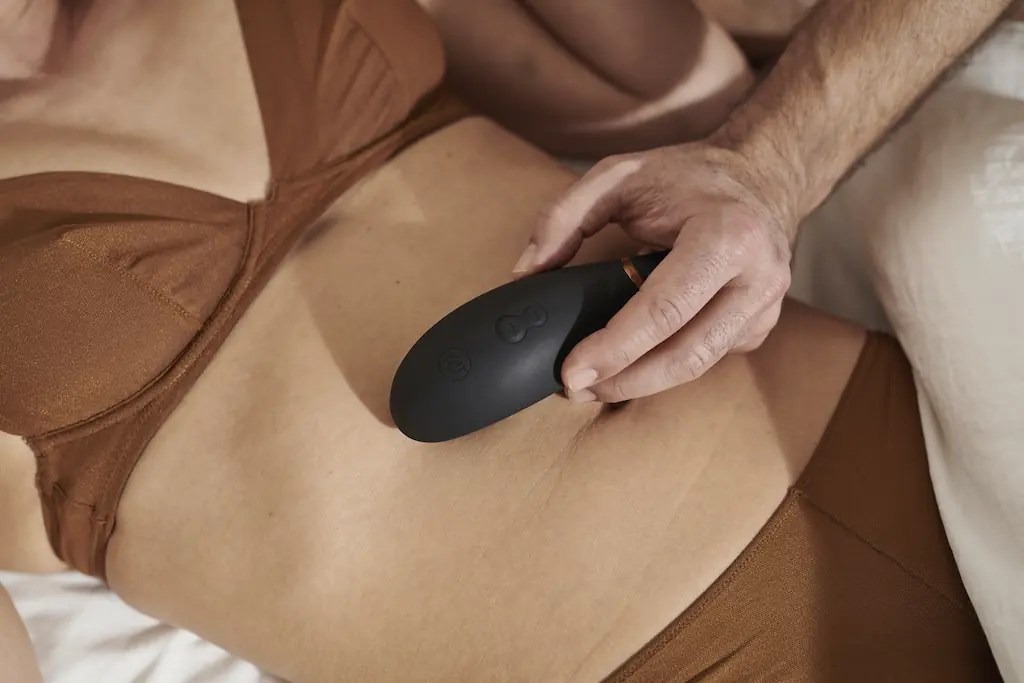
A routine that started with curiosity can become dull when repeated without variation. Intimacy becomes strained when real connection disappears and habits take over. That shift shows up in emotional distance, not just physical repetition.
Watch for signs:
- Disinterest in physical affection.
- Mechanical routines without variation.
- Avoidance of partner interaction.
When physical tools replace emotional presence, intimacy suffers. Using a device should never feel like a substitute for communication or touch. Alone time still needs emotional grounding. Partner time should still feel alive and responsive.
Reset the balance by pausing. Or by introducing new stimuli that require attention, not routine.
Psychological Effects of Overuse
Too much intensity over time lowers emotional response. The brain starts to crave faster, stronger stimuli. That weakens the ability to enjoy slower, real connection.
According to the study “Neurological Links Between Sexual Satisfaction and Stimuli Response Patterns”, constant high stimulation reduces dopamine sensitivity. That can lead to:
- Lower arousal with real partners.
- Less emotional bonding.
- Numbness or indifference after climax.
This change isn’t permanent. But it calls for intervention. A simple break or a new rhythm can restore balance. The goal is not less stimulation. The goal is more conscious use.
Building a Sustainable Intimacy Practice
The healthiest users don’t rely on patterns. They respond to the body’s signals. They rotate tools, textures, and experiences. That keeps the mind curious and the body sensitive.
Build a lasting practice with:
- Intentional scheduling, not habit loops.
- Different devices for different moods.
- Rest days that support emotional clarity.
- Reflection journals to track changes.
- Exploration without performance pressure.
Sustainable pleasure means slowing down enough to feel the body. Not racing toward the end. Each decision holds value. Frequency becomes less important than quality.
How Age, Stress, and Lifestyle Affect Frequency
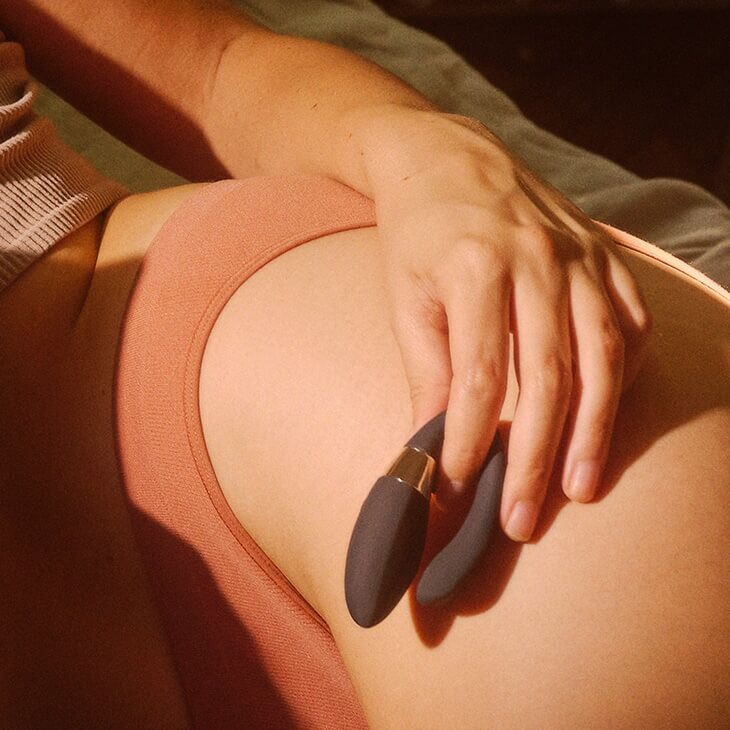
Bodies evolve. Hormones shift. Stress limits desire. Energy levels affect responsiveness. No one stays the same. Intimacy patterns should match those changes.
Younger adults may crave constant stimulation. But that doesn’t mean better satisfaction. Older users often choose slower, deeper experiences.
Stressful schedules reduce interest. Poor sleep or diet affects desire. Mental exhaustion cuts off body signals. Life phases shape intimacy needs.
Take note:
- Sudden disinterest could mean burnout.
- High use in isolation may signal loneliness.
- Climax without joy reflects emotional disconnection.
The more someone adapts to current needs, the healthier their use becomes.
Communication in Couples Is the Real Game-Changer
Lack of conversation around solo use or tools kills trust. Silence grows shame. Partners often assume more than they know. That gap creates distance.
Stronger couples choose honesty. They don’t label desires as wrong. They explore them together. That builds safety.
Use these conversation starters:
- “I feel most confident when we…”
- “I’d love to try this together, no pressure.”
- “What do you enjoy most during intimacy?”
Connection deepens when both people feel seen and heard. Tools enhance the bond—not when hidden, but when shared with care.
When to Take a Break
A healthy pause can feel like a reset. The nervous system needs recovery just like muscles. Guilt doesn’t need to trigger a break. Fatigue does.
Take a step back when:
- Desire feels absent.
- Climax feels disconnected.
- The act feels like a task.
Short breaks restore sensitivity. They rekindle emotional presence. They clear out pressure. Taking a pause also sharpens future desire.
Most people return with more clarity, not less. There’s strength in knowing when to stop.
How to Reignite Curiosity
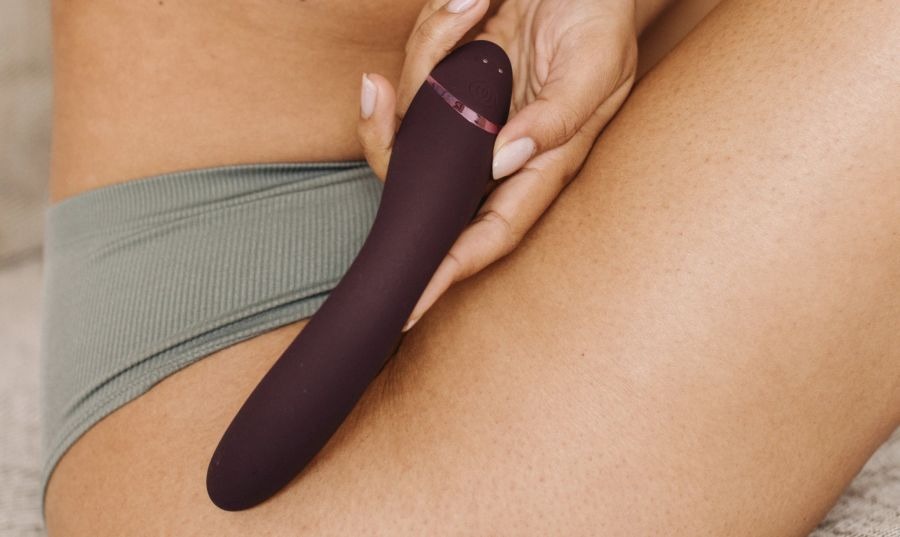
Intimacy doesn’t always fade because of frequency. Sometimes it fades because of predictability. The body likes surprises. So does the brain.
Try new methods:
- Add texture with different materials.
- Shift positions or settings.
- Use visual elements like mirrors or lighting.
Change rewires pleasure pathways. Curiosity doesn’t require expensive tools. It requires fresh input. The moment someone gets bored, they’ve likely stopped listening to what they actually crave.
Tension builds when novelty returns. Energy builds when routine fades.
Final Thoughts: Your Body Is the Guide
No app or expert can tell someone the right frequency. Every body holds its own signal. Every emotion carries information. Desire doesn’t need to fit anyone else’s standard.
Healthy use means listening. Not measuring. It means asking: “Do I feel good after?” not “How many times per week is too much?”
Let the body set the pace. Let the emotions point the way. Balance never comes from rules. It grows through awareness.
Pleasure belongs to those who ask the right questions. Not those who follow outside charts. Trust grows when intention leads.

